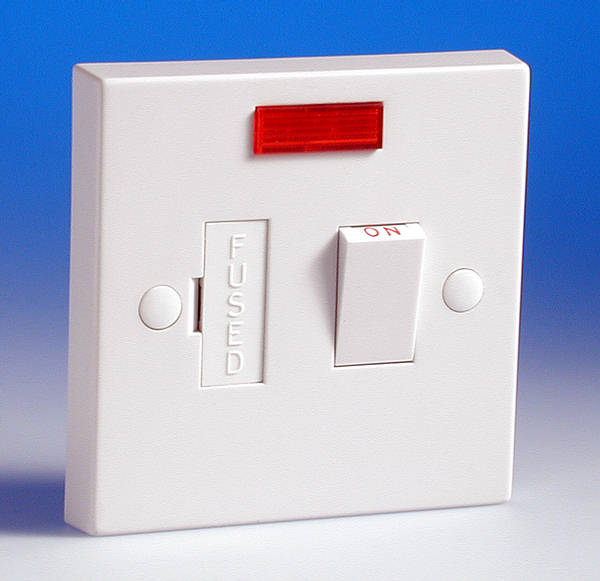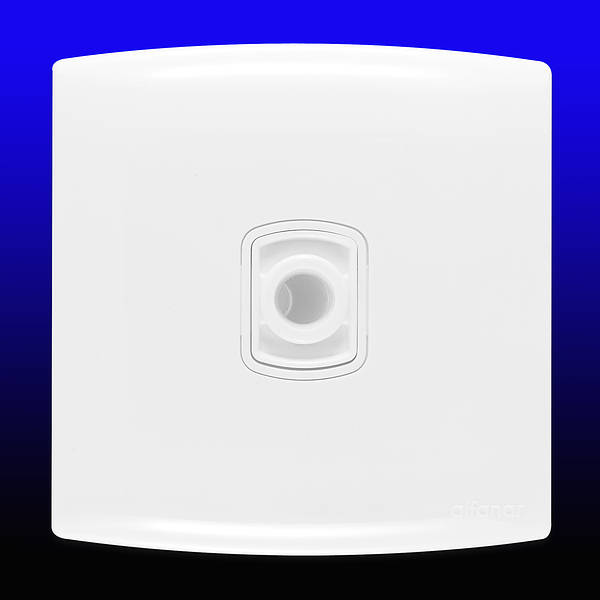I have a working outlet on a finished wall.
I’m turning that blank walls space into a faux hearth... building a very shallow (6” deep) framed bump out under a shelf, and installing an electric fireplace/heater insert into that.
My issue is that the fireplace connects with a bulky 3-prong plug, the outlet is located behind the silhouette of the fireplace/box, and I can’t make the bump out any deeper to accommodate the plug’s depth without losing the aesthetic of the shelf overhanging the face of the hearth.
Is there a way to safely cut the plug off the end of the cord, remove the outlet, and connect the cord directly to the hot/neutral/ground with wire nuts and then cover the junction box sub a plate or something?
Am I better off removing the outlet, extending the connection 18” or so just to get it into another box that’s out of the way of the fireplace’s depth, and maybe turned 90 degrees so the fireplace’s plug can plug in conveniently?
Is having a plugged-in connection essentially contained in a framed and finished box problematic or unsafe in some way? The fireplace is relatively easily removed (a few screws into the frames opening) even after it’s installed.
What’s my solution here? I can’t imagine this is especially unusual. The “fireplace” would look pretty tacky just wall mounted with a cord coming out of it to the nearest outlet or God forbid an extension cord along the baseboard of the room.
I’m turning that blank walls space into a faux hearth... building a very shallow (6” deep) framed bump out under a shelf, and installing an electric fireplace/heater insert into that.
My issue is that the fireplace connects with a bulky 3-prong plug, the outlet is located behind the silhouette of the fireplace/box, and I can’t make the bump out any deeper to accommodate the plug’s depth without losing the aesthetic of the shelf overhanging the face of the hearth.
Is there a way to safely cut the plug off the end of the cord, remove the outlet, and connect the cord directly to the hot/neutral/ground with wire nuts and then cover the junction box sub a plate or something?
Am I better off removing the outlet, extending the connection 18” or so just to get it into another box that’s out of the way of the fireplace’s depth, and maybe turned 90 degrees so the fireplace’s plug can plug in conveniently?
Is having a plugged-in connection essentially contained in a framed and finished box problematic or unsafe in some way? The fireplace is relatively easily removed (a few screws into the frames opening) even after it’s installed.
What’s my solution here? I can’t imagine this is especially unusual. The “fireplace” would look pretty tacky just wall mounted with a cord coming out of it to the nearest outlet or God forbid an extension cord along the baseboard of the room.




